What is the Difference Between Student Loan Default and Delinquency?
Despite our best efforts, sometimes student loan payments get missed. But what happens when this becomes a regular occurrence?
You may have heard the terms “delinquency” and “default” associated with missed student loan payments. But what do these terms mean? And more importantly, if you find yourself in one of these states, how can they affect the rest of your finances?
In this post, we’ll explore the difference between student loan default and delinquency and see what we can do to recover from each situation.
Student Loan Default vs Student Loan Delinquency
When you miss a student loan payment, your account becomes delinquent. Delinquency starts the next day after the due date of the missed payment. Your account will stay delinquent until you make the missed payment or work out some kind of other repayment arrangements with the lender.
If your delinquency lasts for 90 days, then your loan servicer will report you to the three major national credit bureaus. This will have negative consequences on your overall financial situation.
If your delinquency lasts for an extended amount of time, then you risk going into default. Default is a much more serious status because it means that the lender believes you will not repay the loan. This will provoke them to take action with either a collections agency or a court order for wage garnishment.
The exact time it takes for your loan to go into default will vary depending on the servicer, type of loan, and the terms that were agreed to. Federal student loans are considered to be in default if they have been delinquent for more than 270 days.
Example
Sarah misses a scheduled student loan payment. Because the due date has passed, she is now considered to be delinquent.
Sarah continues to let her payments lapse for over 90 days. The loan provider will now report it to the major national credit bureaus, and it will cause her credit score to decrease.
Sarah’s delinquency continues for 9 months (270 days). She has now defaulted on her loan, and the provider will start to take legal action to recoup what they are owed.
Student Loan Default Statistics
How common is it for borrowers to become delinquent or default on their student loans? According to the following statistics from EducationData.org, this may happen more than you think.
In terms of delinquency, 78% of borrowers make at least one late payment within the first year. After graduation, 40.9% of borrowers are delinquent at least once.
10.8% of borrowers eventually default on their loans within the first year. This number increases to 25% within the first five years of repayment.
What are the Consequences of Delinquency and Default?
Your student loans are no different than other types of loans such as your mortgage, auto loan, credit cards, etc. A loan is a legal agreement where you borrow money, and the lender expects that it will be paid back (with interest) within a certain time frame.
The Consequences of Student Loan Delinquency
When your loan becomes delinquent, you start down a dangerous path that can eventually lead to default. Even though it may be just one time, stop to ask yourself:
- How did you get into this position in the first place?
- Was it because you’re not budgeting properly?
- Are you making the payments manually instead of having them withdrawn automatically?
Chances are that whatever got you into delinquency in the first place may end up taking you there again.
If you let your delinquency go on for too long and it gets reported to the credit bureaus, then it’s going to hurt your credit score. This will affect your ability to qualify for other important loans such as a mortgage, auto loan, refinances, etc. It will also impact your ability to qualify for future credit cards, insurance policies, and even some forms of employment.
Extended or repeat delinquency will also harm your relationship with the loan provider. For instance, if you wish to refinance the loan years later, your application with this provider may be denied because they would know about your history of delinquency.
The Consequences of Student Loan Default
When your loan enters into default, the situation becomes much more critical.
For starters, the loan that is in default will now go into what’s called “acceleration” and become immediately due in full. For example, if your entire loan was $30,000, then you now suddenly owe the entire $30,000 plus any interest.
In addition, you’ll lose all chances of working with the loan provider to establish alternate repayment terms. You will also no longer be eligible for federal student loan aid.
In the most extreme situations, your wages, tax refunds, and federal benefits may eventually become garnished. You might also have to go to court which will lead to additional attorney’s fees, court costs, and other unwanted expenses.
How Do You Get Out of Delinquency and Default?
If you’ve become delinquent or even defaulted on your student loans, there are some steps you can take to get back on your feet.
Getting Out of Student Loan Delinquency
The easiest and most obvious way to get out of delinquency is to pay your loan provider. Send them the money you owe for the missed payment (or payments) plus any late fees or additional interest that may have accumulated.
If you simply don’t have the money, then another option may be to contact your provider and ask for a deferment or forbearance.
- A deferment is when payments and accruing interest are both temporarily halted.
- A forbearance is when you temporarily stop making principal payments or reduce your monthly payment amount. However, interest continues to accrue.
Additionally, you could also discuss with your loan provider options for alternative repayment plans. Most people with federal student loans are on a 10-year, fixed interest plan. However, you could move to a:
- Graduated repayment plan: The term is still 10 years, but payments are adjusted to start off small and get larger as time goes on.
- Extended payment plan: The payment term is expanded from 10 to 25 years.
- Income-driven plan: Payments are calculated based on a variety of conditions each related to your income level.
Getting Out of Student Loan Default
If your loan has entered into default, then you mostly only have two options:
- Loan rehabilitation
- Loan consolidation
A loan rehabilitation is when you and the loan provider agree (in writing) to make nine voluntary, reasonable, and affordable monthly payments. If you can make all nine payments, then your loan will no longer be in default. That means any wage garnishment will stop and you’ll once again be eligible for deferment, forbearance, alternative payment plans, loan forgiveness, etc.
Alternatively, you could also apply for a loan consolidation. This is where you effectively apply for a new loan that can be used to pay off one or more of your existing student loans. The consolidated loan should have more favorable terms that will make your minimum monthly payments more affordable.
If the defaulted loan is a federal loan, then you can apply for Direct Consolidation Loan. By making three consecutive, voluntary, on-time, full monthly payments before the defaulted loan is consolidated, you can have the default status removed.
How to Avoid Delinquency and Default
The absolute best way to avoid student loan delinquency and eventual default is to not let it happen in the first place. Similar to other bills or debts you may have, you’ll want to ensure that you’ve got systems in place to make your payments in full and on time.
An easy way to do this is to set up automatic payments. Nearly every loan provider can provide this service. If they don’t, then usually your bank will have a similar service in place.
To ensure that you’ll always have money available to cover these payments, you’ll want to establish a budget for yourself. A budget is nothing more than a plan for how you will spend your money. You simply add up all the income you expect to earn, and then layout what expenses they will go towards for the month.
There are lots of great apps available to help you easily keep track of your budget:
- Mint
- YNAB
- PocketGuard
Each one is designed to connect with your bank accounts and credit cards, collect all of your financial transactions, and alert you when you’re getting close to exceeding your budget for the month.
As you graduate from college, get your first real job, and then move on in your career, it will become increasingly important that you regularly review your budget and ensure that your spending does not exceed your current level of income. Doing so will allow you to plan for other major financial goals like purchasing a home, retirement, marriage, children, etc.
Final Thoughts
If you’re struggling to pay back your student loans, then you’re going to want to take the proper steps to get back on track. A delinquent loan can go into default if too much time passes, leading to a decrease in your credit score and wage garnishment.
A delinquent loan can be recovered by making the missed payment or working out an arrangement with the loan provider to change the payment terms. However, a loan that is in default will most likely require loan rehabilitation and loan consolidation to fix the situation.
The best way to avoid both delinquency and default is to set up automatic payments. Establish a budget for yourself so that you’ll have peace of mind when it comes to your finances both now and in the future.









